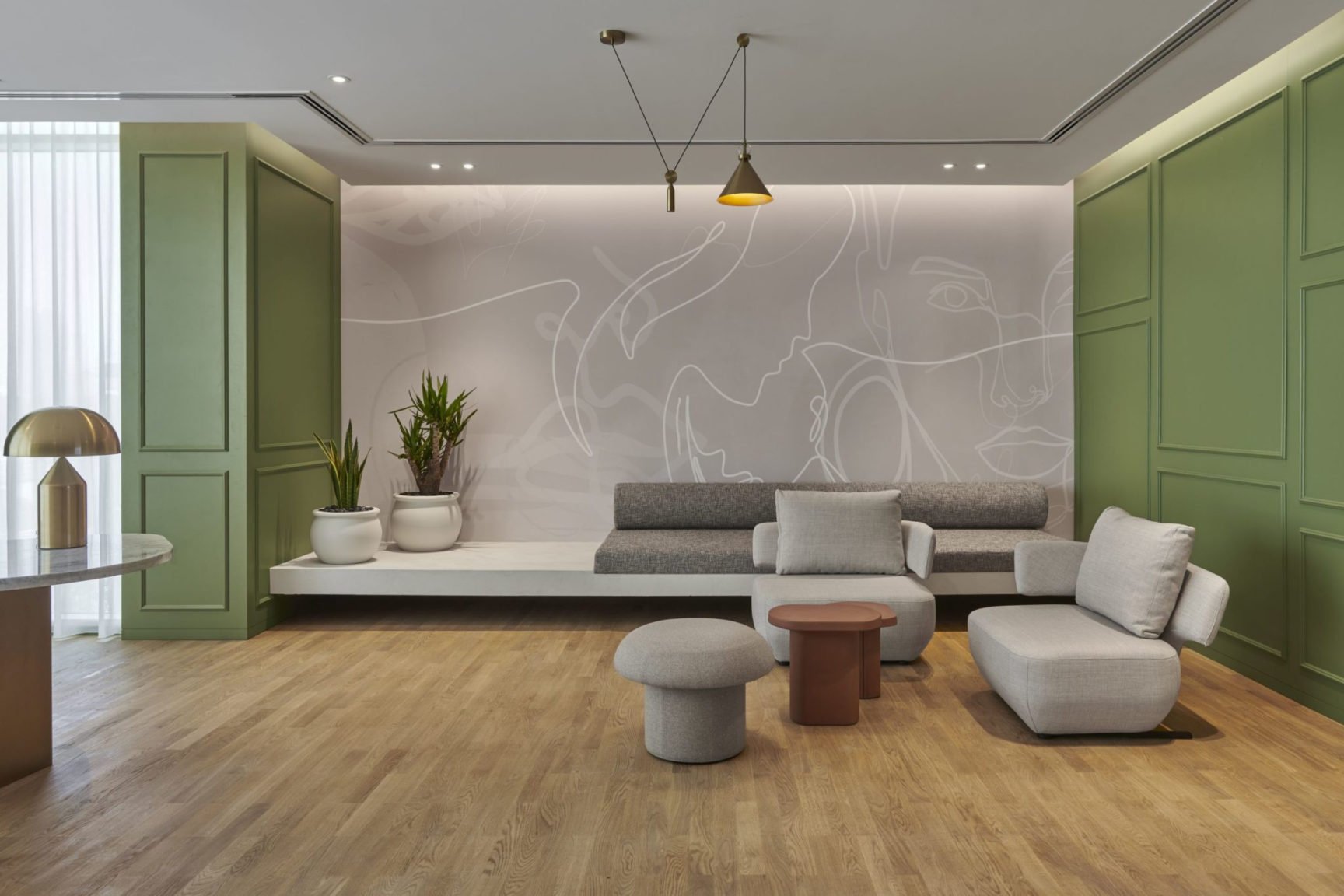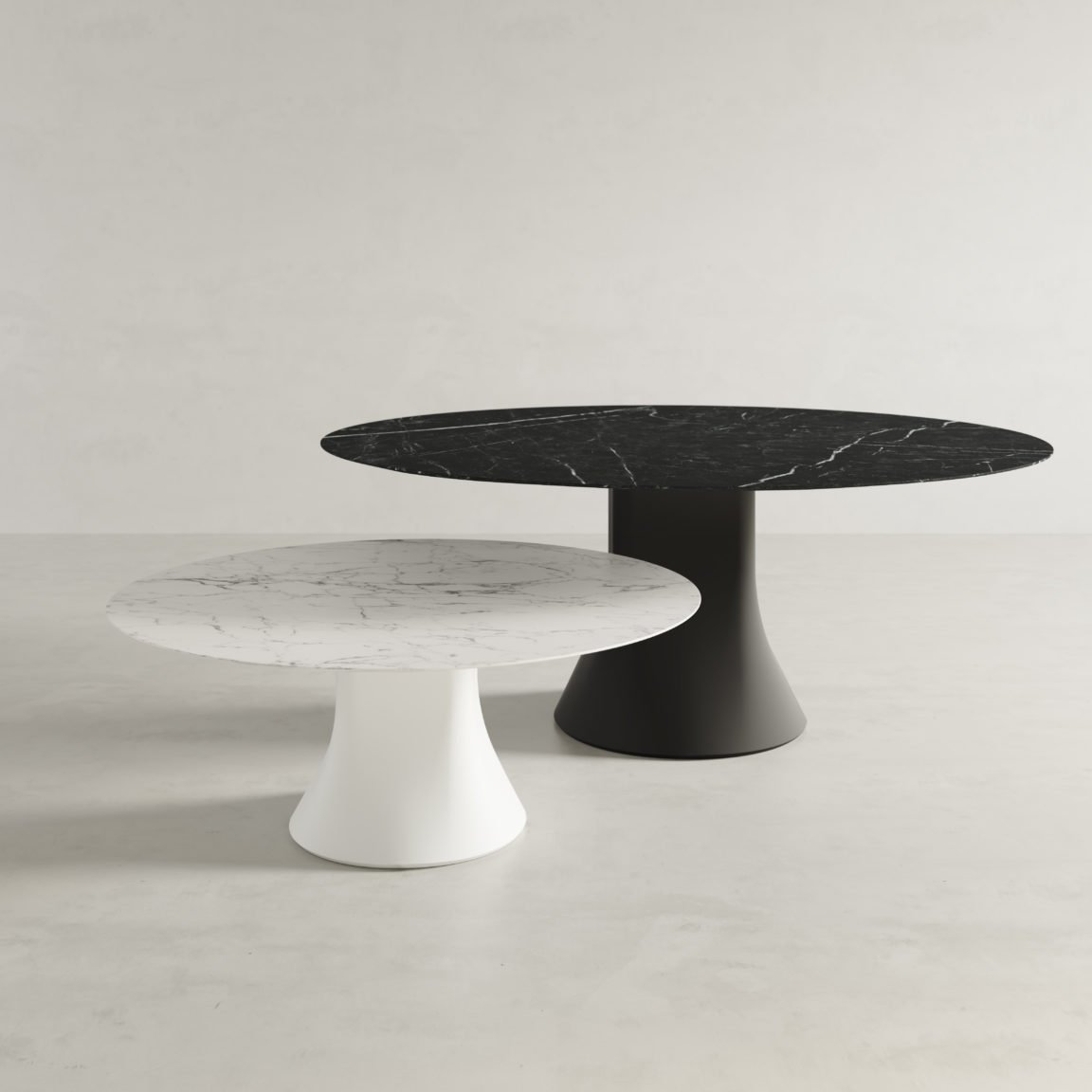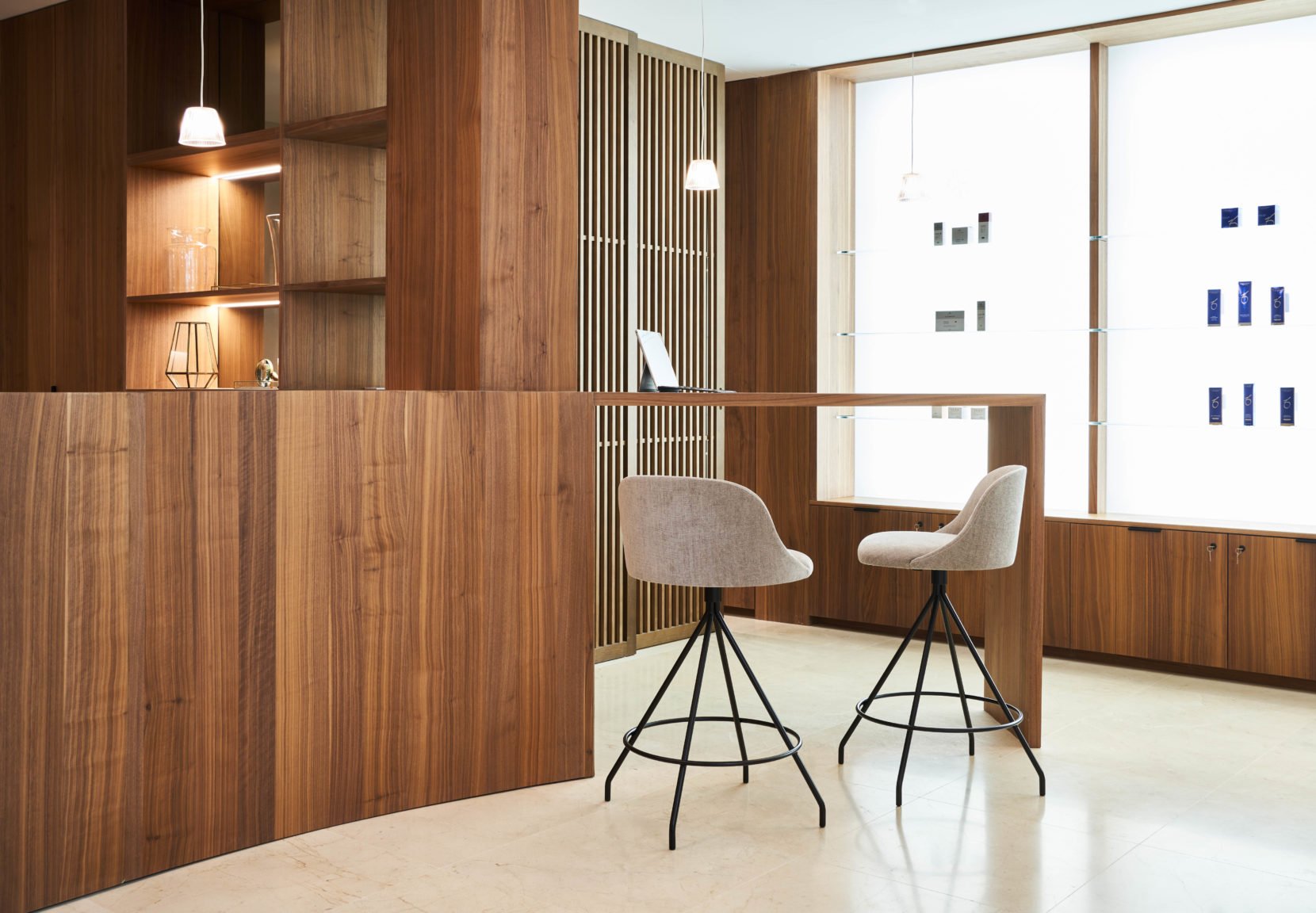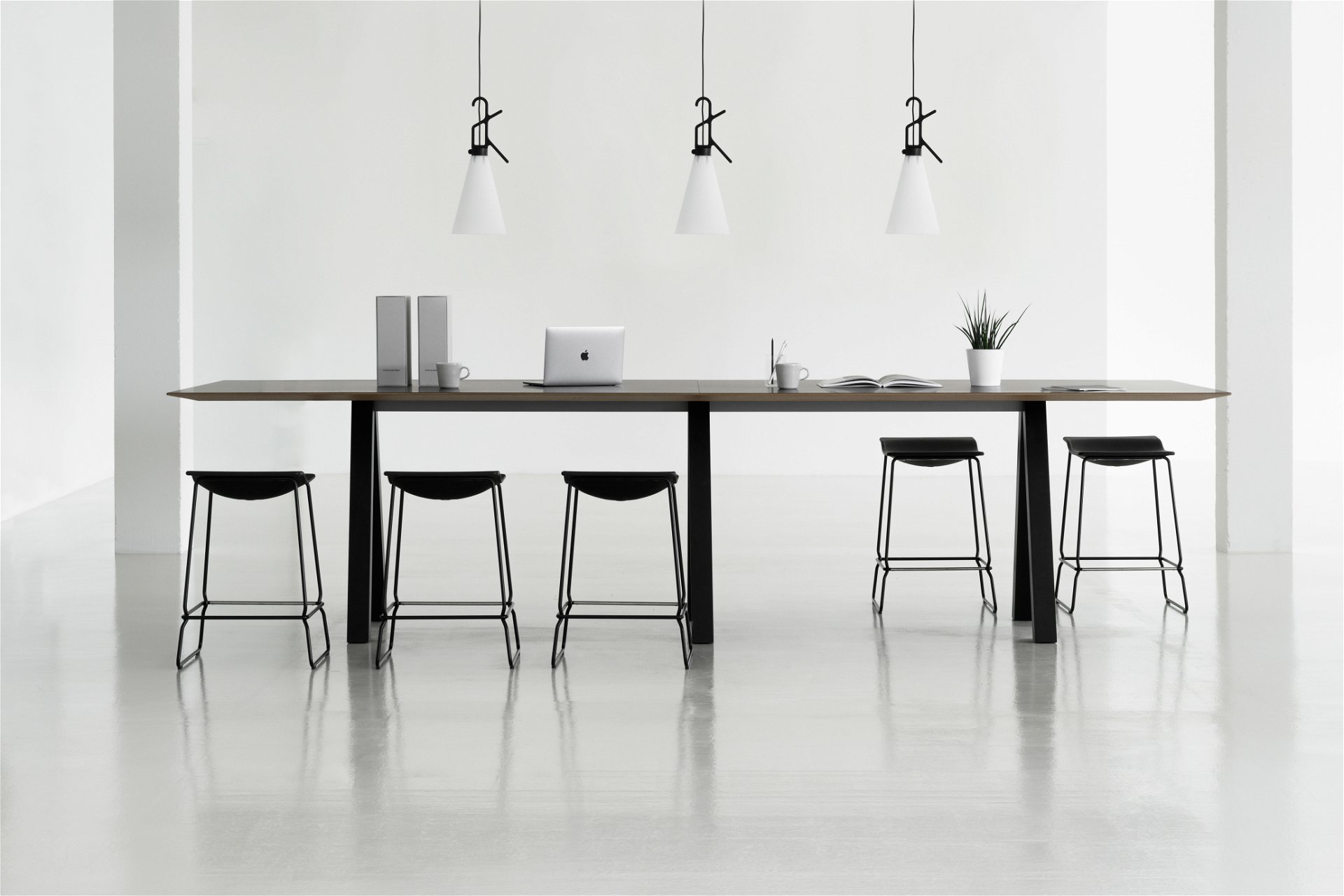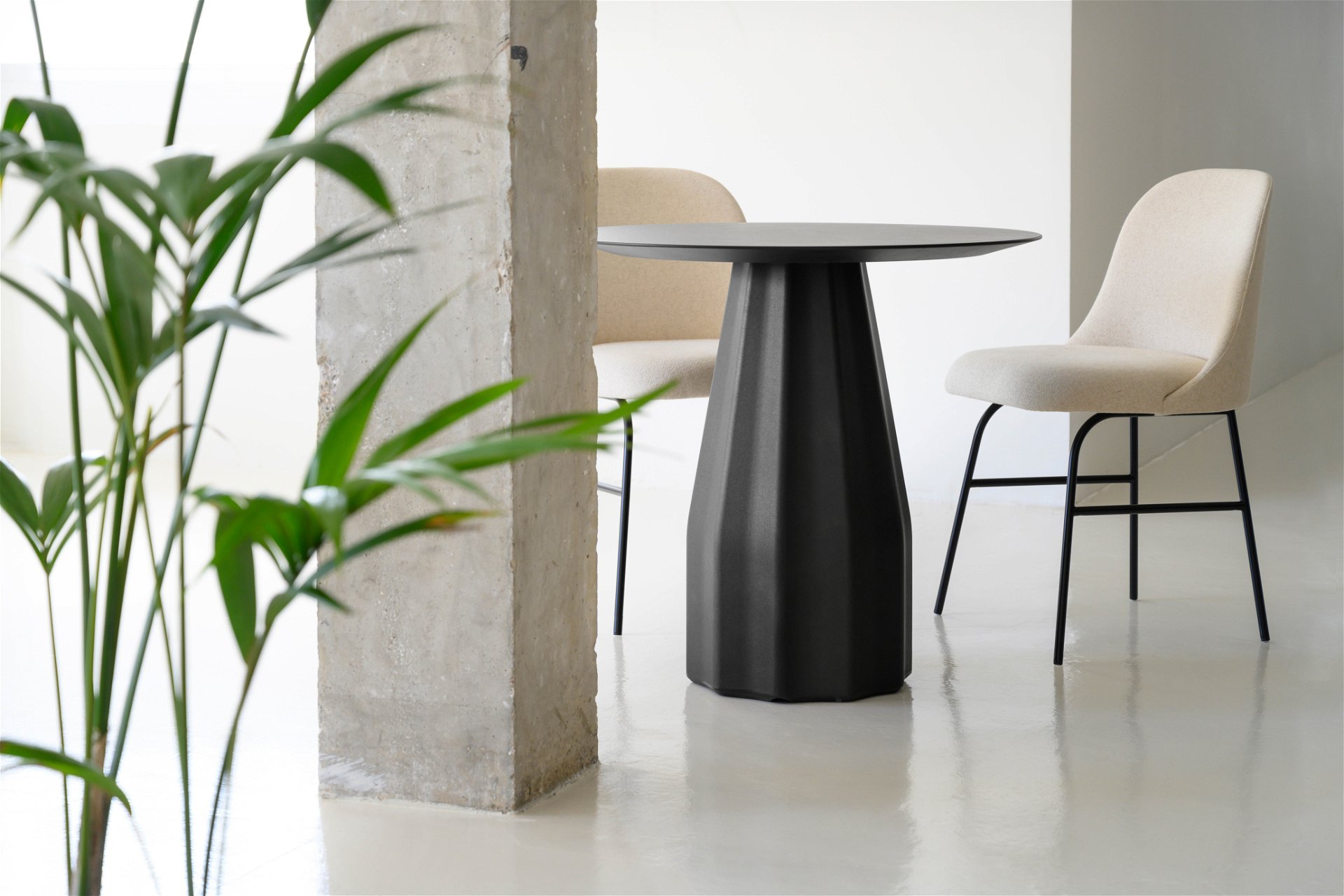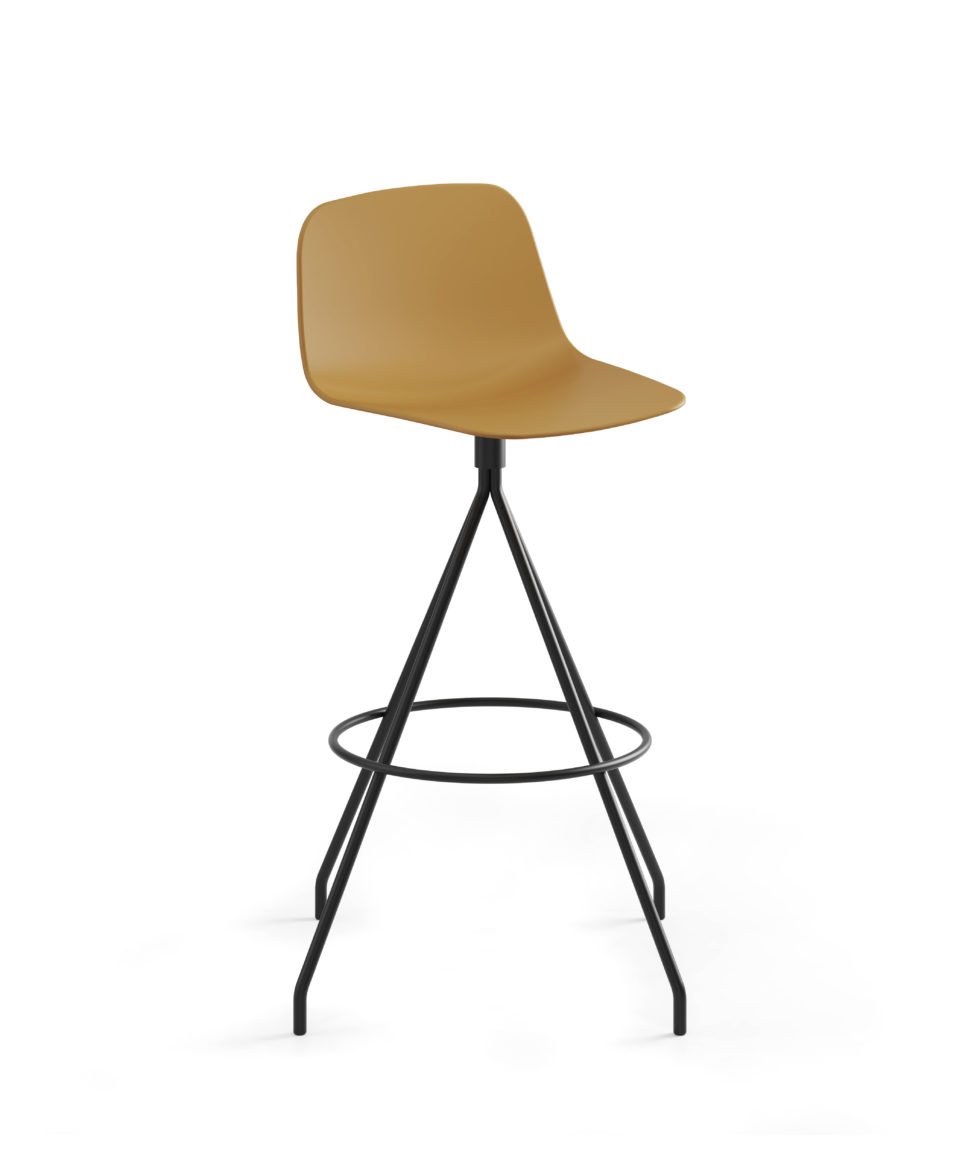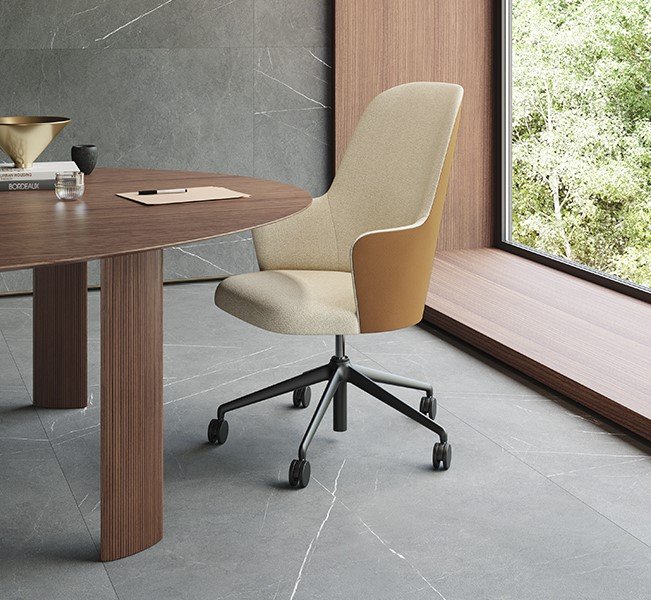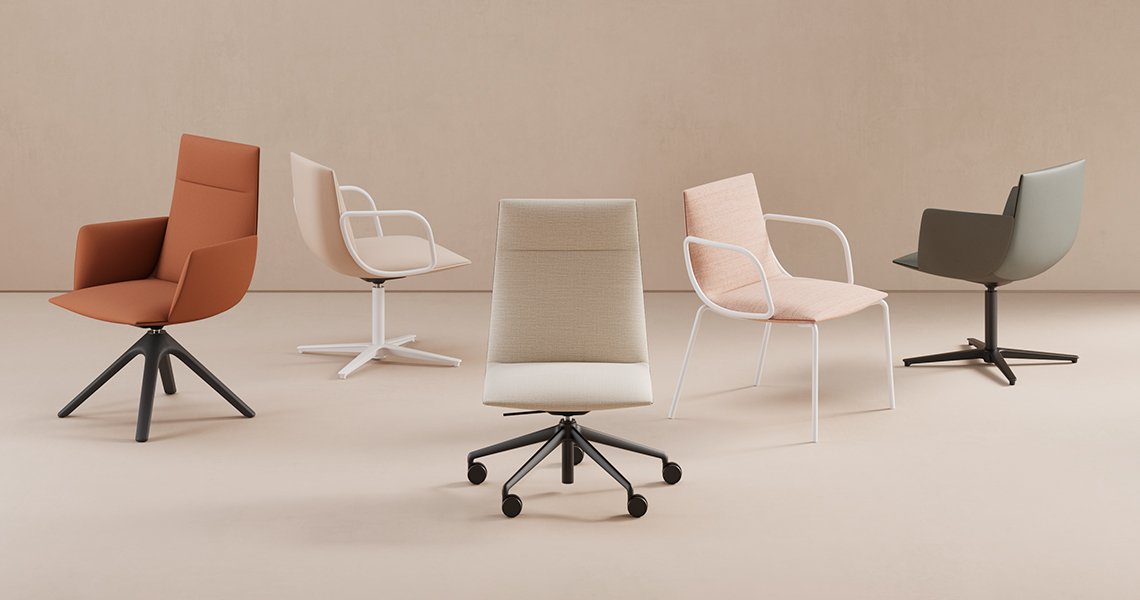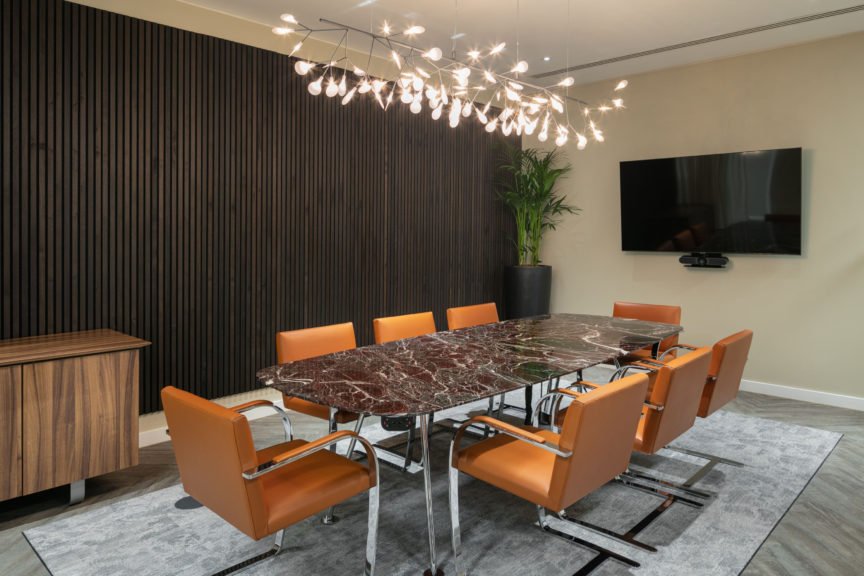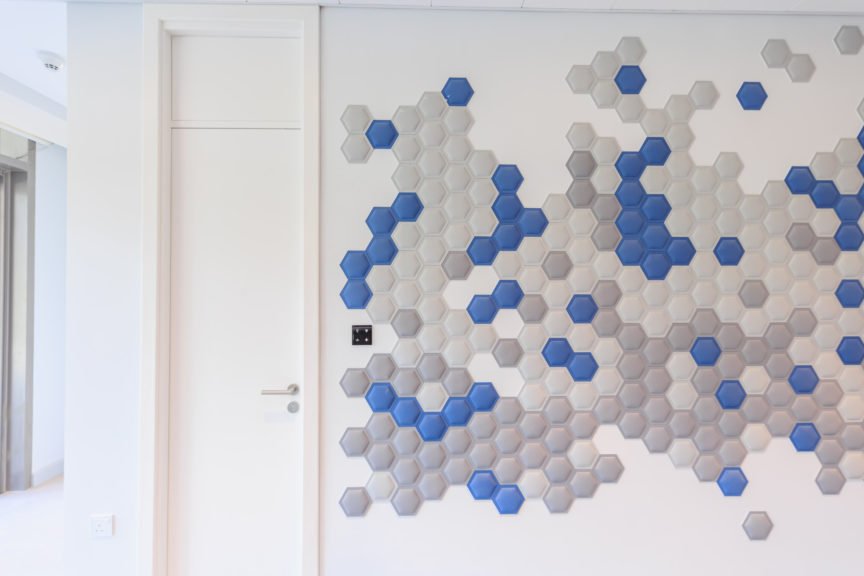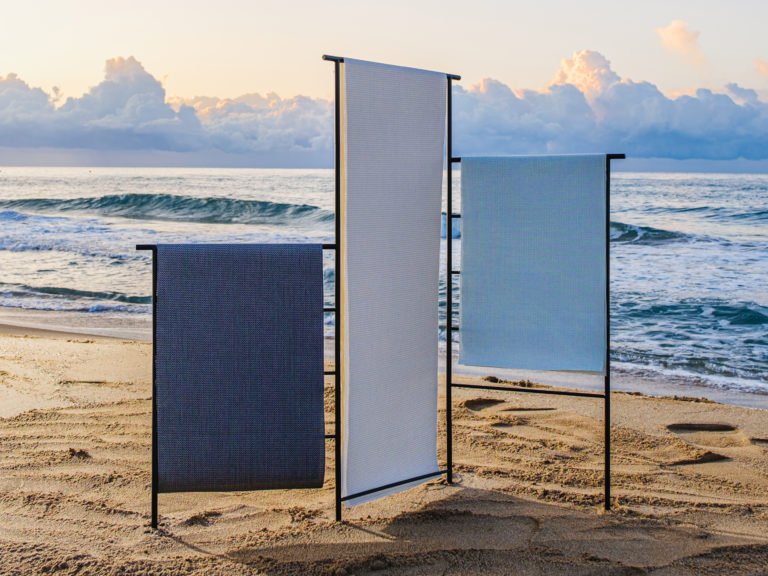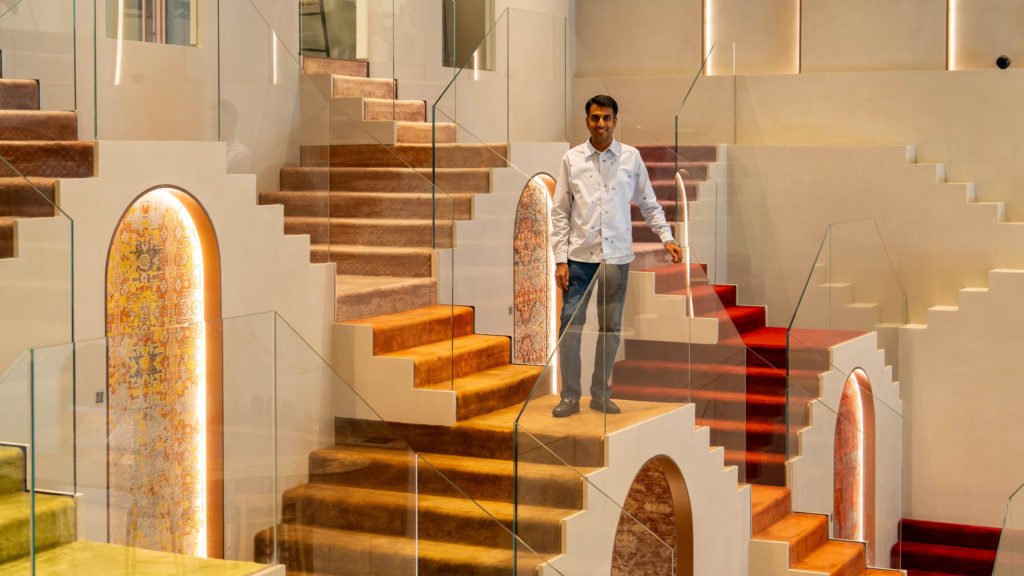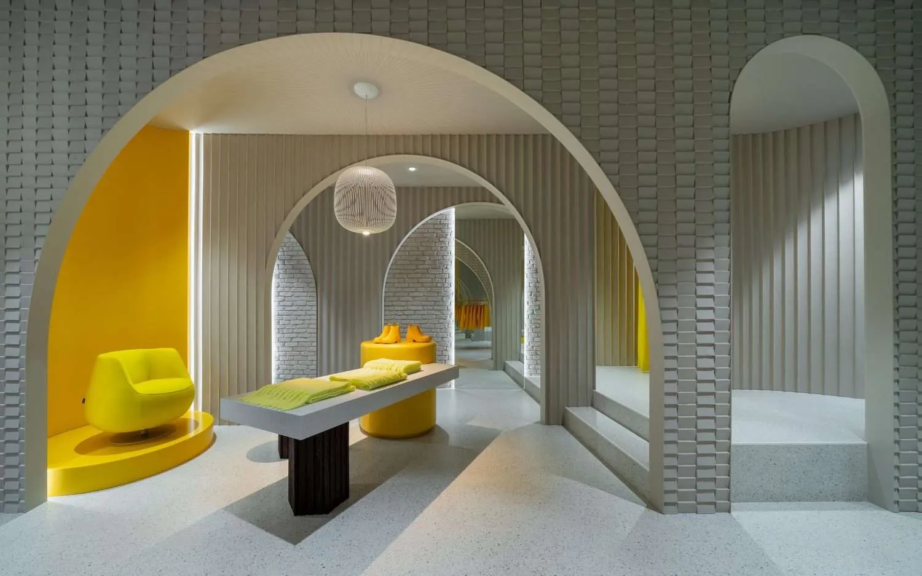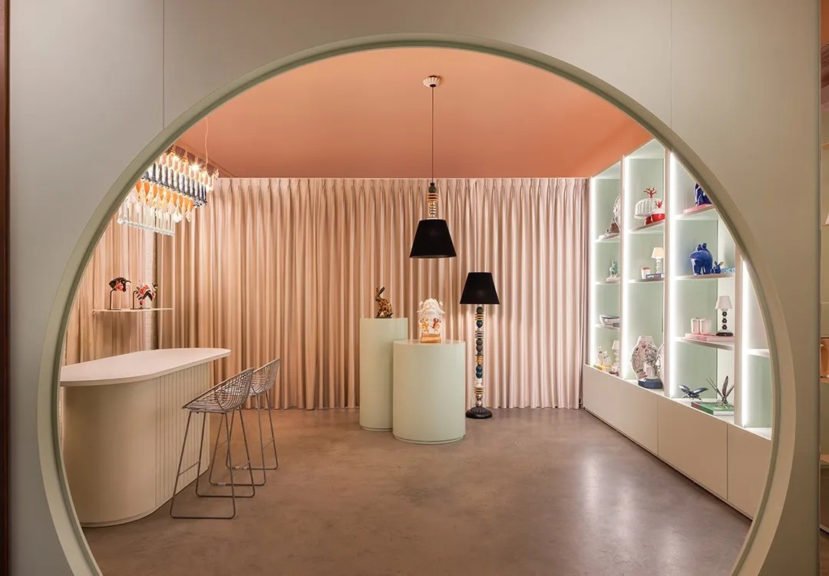The notion of a workplace is continually evolving. From enclosed cubicles to coworking desks, we’ve come a long way, exploring the tangibles and intangibles that impact people at work. The correlation between workplace productivity and the environment is gaining more recognition by the day. Recognising this shift, organisations are now adapting to the changing preferences of employees by providing them with an office that fosters productivity, well-being, and comfort.
The Significance of Collaboration in the Workplace
Interactions aid creative thinking: they help people learn about different ideas or viewpoints that make them more innovative and thoughtful. So, collaborative areas are integral for every workplace. They foster an ecosystem where individuals contribute their skills, knowledge, and perspectives toward shared goals. This synergy allows organisations to swiftly adapt to dynamic markets, stay competitive, and drive continuous improvement.
Furthermore, collaboration is pivotal in promoting a positive and inclusive workplace culture. By breaking down silos and encouraging open communication, collaboration nurtures a sense of belonging among employees. Teams feel valued and empowered, which, in turn, boosts morale and overall job satisfaction.
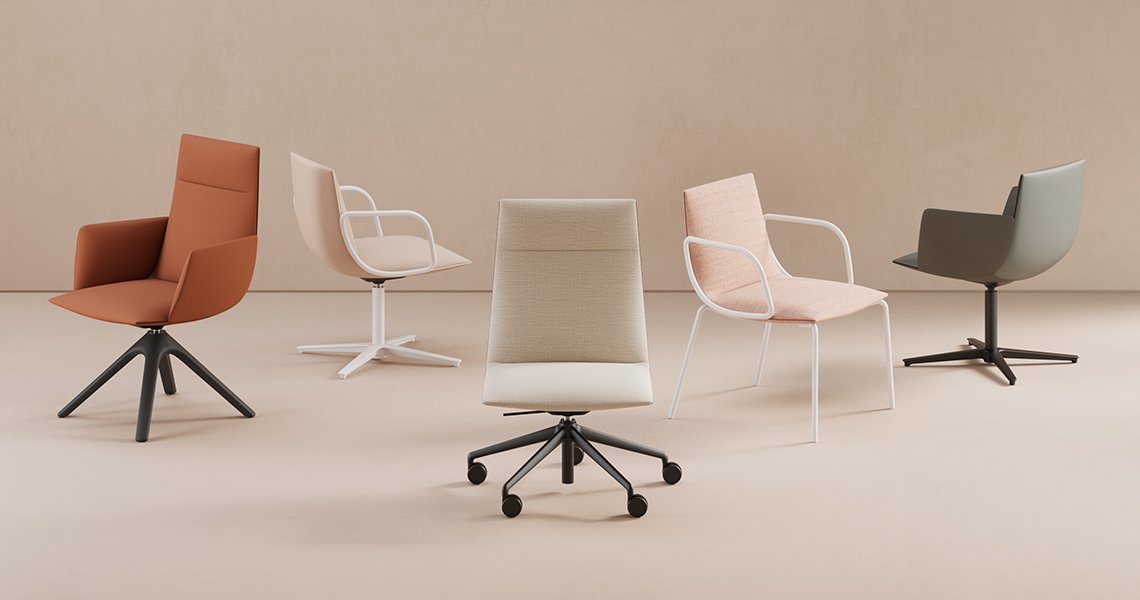
The Noha seating range by Viccarbe in collaboration with Ludovica and Roberto Palomba is a fine example for this line of thought. The chairs give the impression of a folded pillow and also provide a similar comfort when seated. They are lightweight and easy to manoeuvre, making them the perfect choice for conference rooms and meeting areas. They are available in a variety of base options and fabric finishes to suit the aesthetic of an array of workplace aesthetics.
In a workspace leaning towards the maximalist approach, the Noha Executive Chair in a bold colour with printed throw pillows could add character. Similarly, in a more muted theme, the slim silhouette of the seat can emphasise on the contextual ‘hygge.’
The Role of Furniture in Designing Collaborative Work Environments
Furniture is crucial in setting the engagement patterns of a workspace. It subconsciously directs people to move around the office in a particular manner and engage with their peers. So, workspaces need to select and place furniture in a fashion that makes collaboration meaningful and easy. It helps in creating an inspiring atmosphere that promotes a sense of community and belonging.
For this purpose, ergonomic and flexible furniture pieces are gaining popularity. They allow easy reconfiguration to accommodate different group sizes and activities. So, let’s delve into the various types of furniture arrangements that help in creating collaborative environments at work.
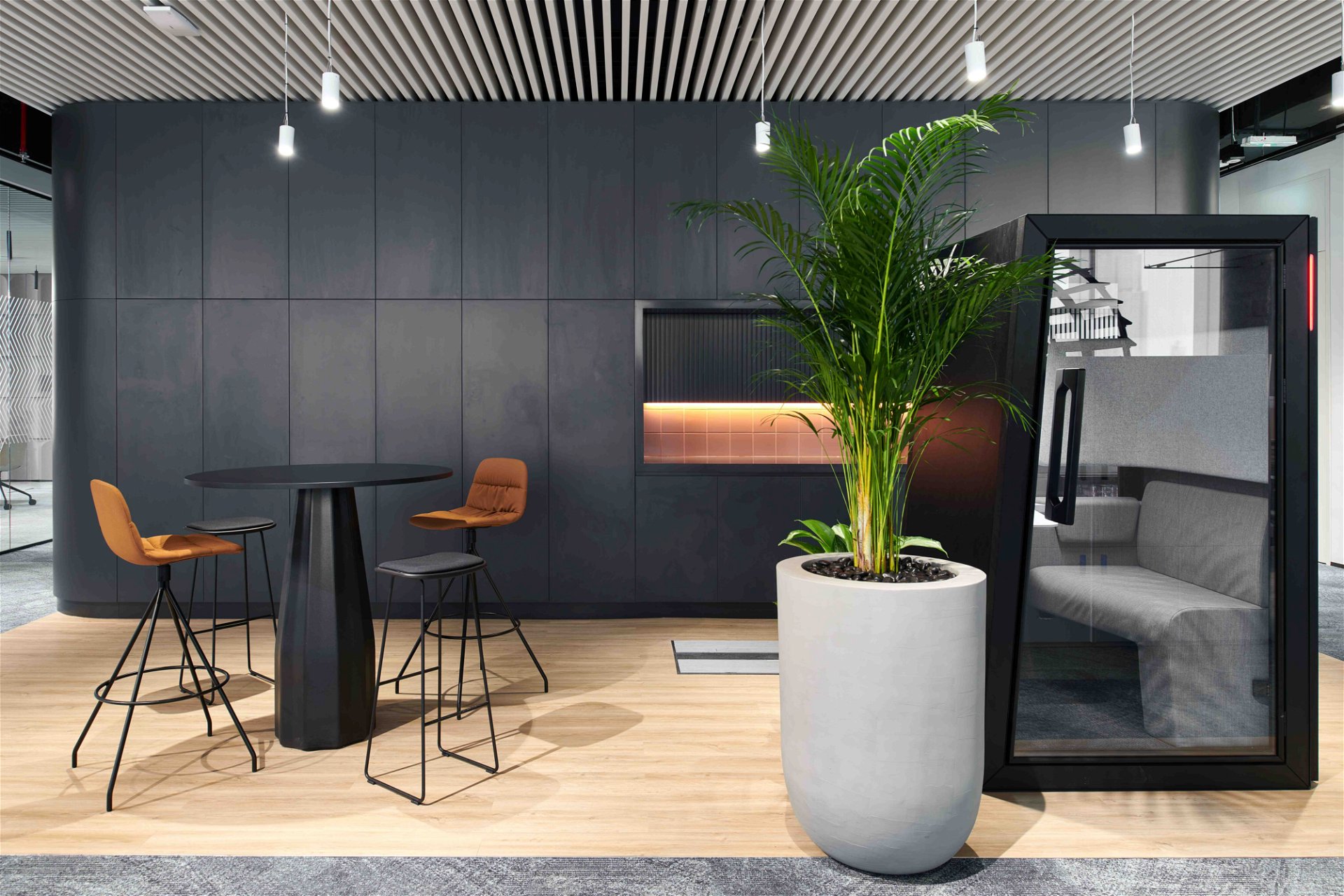
FTI Consulting Office, Dubai by dwp & ISG
Products in frame: Burin Table; Last Minute; Maarten Stool
1. Free-Flowing Work Setup
A free-flowing seating arrangement implies designing an open-plan office which can be easily repurposed for privacy or focused work as and when needed. Strategically placing desks and cubicles to encourage communication is gaining prominence. Adjustable desks and modular furniture allow easy customization, enabling teams to configure their workspace based on the needs of the moment.
2. Flexible Furniture Design
Collaboration often involves a diverse range of activities such as brainstorming and team presentations. This makes the introduction of furniture that can adapt to these varying needs essential for offices. The use of modular tables and movable seating that can be easily rearranged, making the workplace more flexible. This flexibility brings spontaneity and creativity in the collaborative process.
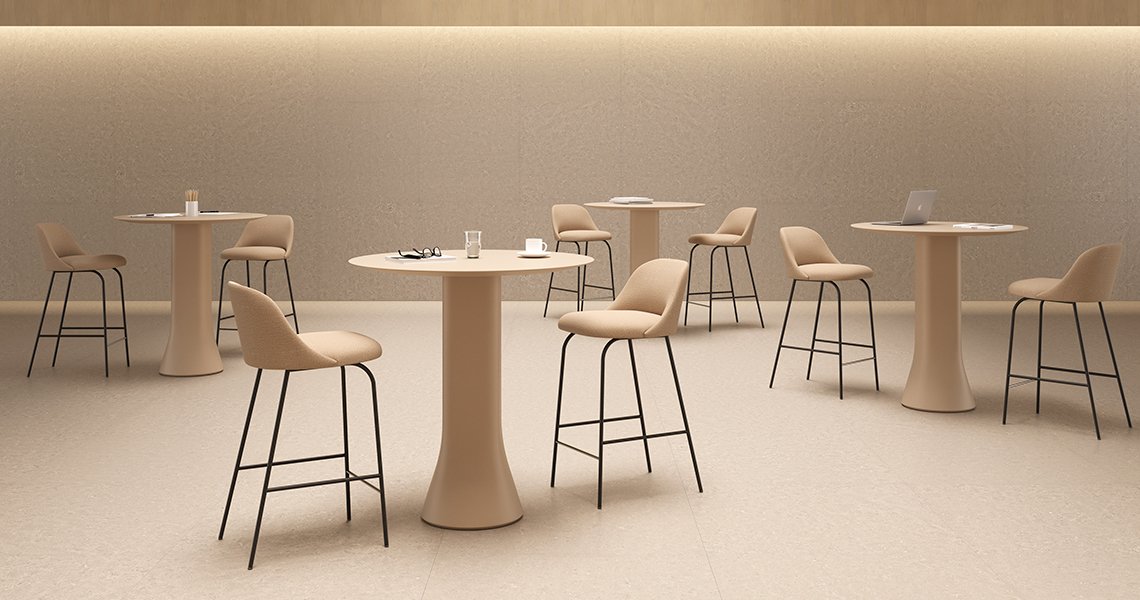
Left to right: Clínica Alejandría, Valencia; INC Group Office, Dubai Hills
The Aleta Stool by Viccarbe and Jaime Hayon is a versatile furniture piece that is meant for coworking desks such as Cambio (in 103 cm height) by Victor Carrasco. It is a raised stool with back support which is an excellent seating choice for active impromptu discussions.
The liveliness of F&B spaces is trickling into corporate spaces. Imagine a multipurpose high table such as Cambio by Viccarbe or a statement table clad with mosaic or solid, geometric tiles nestled in one corner of an office. The Aleta stool upholstered in a brooding shade or perhaps even a neutral one could punctuate the zone.
3. Huddle Spaces
Collaboration often involves a diverse range of activities such as brainstorming and team presentations. This makes the introduction of furniture that can adapt to these varying needs essential for offices. The use of modular tables and movable seating that can be easily rearranged, making the workplace more flexible. This flexibility brings spontaneity and creativity in the collaborative process.
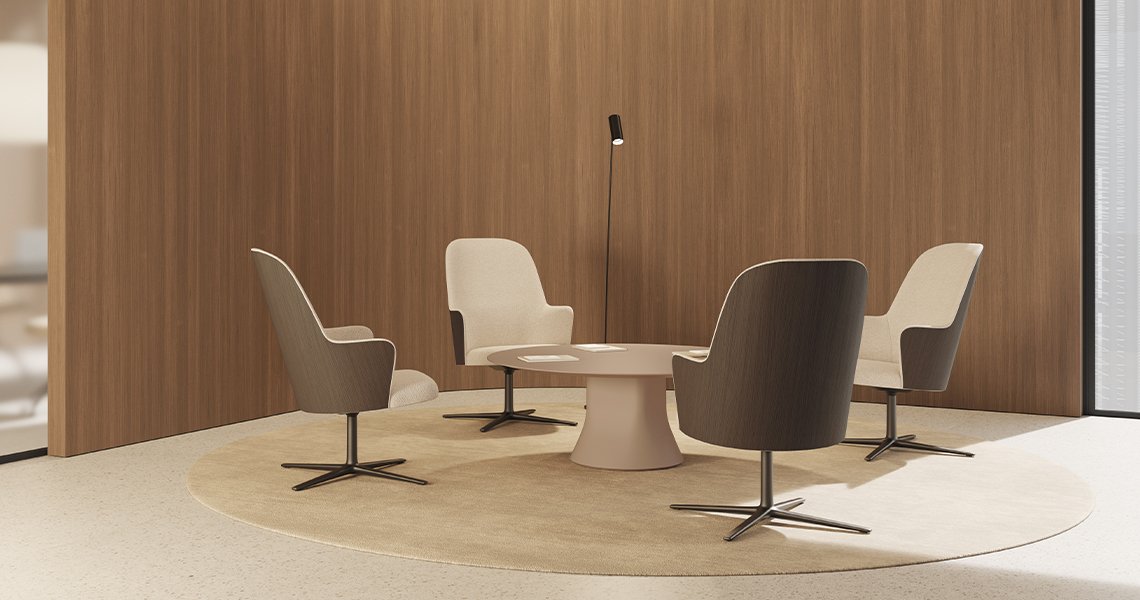
The Aleta Executive Lounge Chair by Viccarbe and Jaime Hayon is a comfortable seating arrangement suitable for such spaces. Equipped with a sturdy backrest and handrest, this cushioned chair makes those long hours of discussion feel easy.
The real estate of an office needs to be optimised. So, it could be effective for small meeting rooms to moonlight as huddle spaces. Furniture that is versatile but abiding, like this Aleta Executive Lounge Chair, are worthy investments.
4. Technology Integration
Modern-day collaboration heavily relies on technology. Integrating furniture with technology solutions, such as power outlets, USB ports, and audiovisual equipment, ensures that teams can stay connected and engaged. Conference tables with built-in connectivity solutions and ergonomic chairs with integrated charging stations contribute to a seamless collaborative experience.
5. Collaboration Pods
While open environments promote collaboration, it’s essential to balance them with spaces that allow for focused, individual work. Collaboration pods, equipped with comfortable seating and soundproofing elements enable employees to work on tasks requiring concentration without the distractions of the larger workspace. A great addition to these pods is the Sistema lounge chair by Lievore Altherr Molina for Viccarbe. A versatile seat with different backrest heights that contribute to overall well-being whilst solo working or seeking a quiet corner to run video calls or perform some focus work.
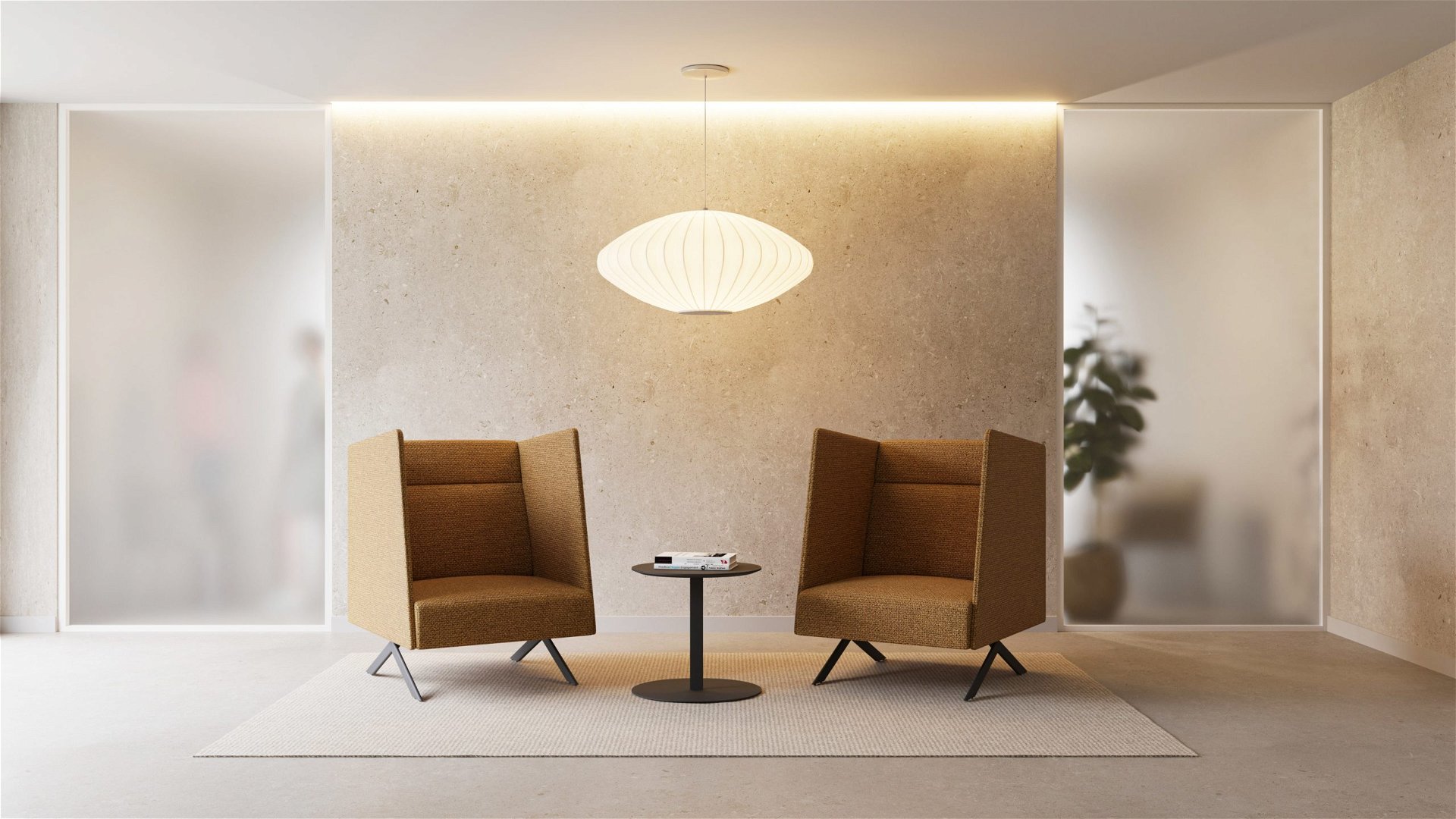
Making space for collaboration in the workspace is all about making people feel comfortable enough to think, act, and produce results that make the organisation grow. Furnishings play a key role in helping achieve that optimal level of comfort. Therefore, companies must mindfully invest in furniture designs that offer ergonomic support to employees, making work feel happier and healthier.

